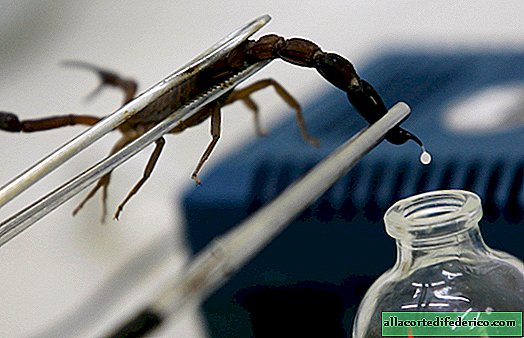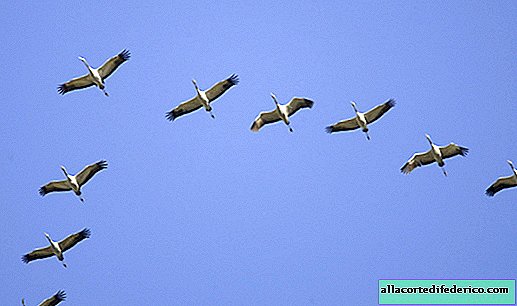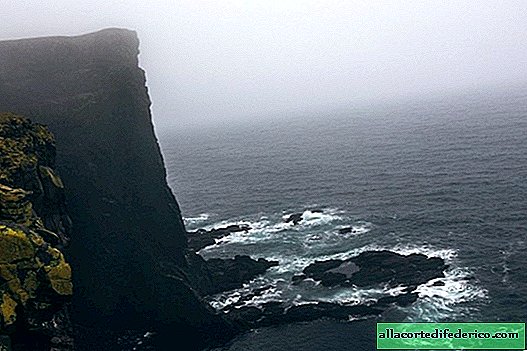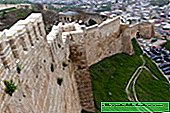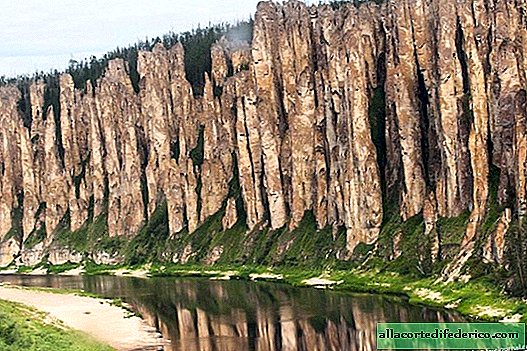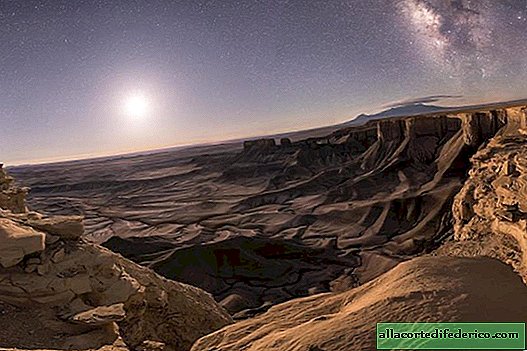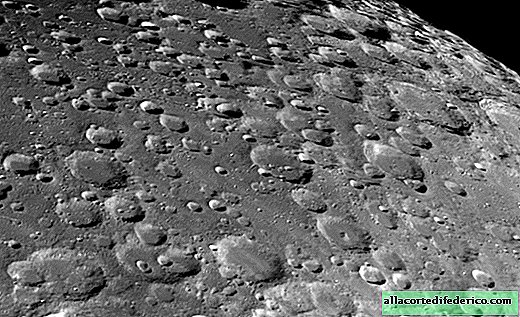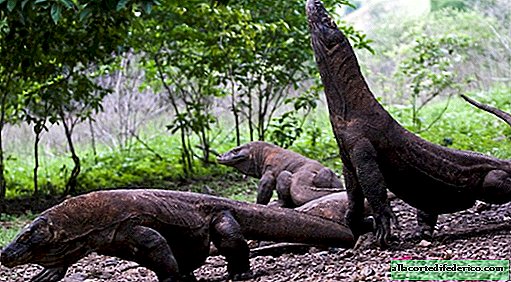Scientists have found in the clouds small ice "lollipops"
Clouds are a very beautiful and mysterious phenomenon. Therefore, scientists at all times loved to watch them. But they are not looking for clouds, in shape similar to a dragon's head or the left half of the accordion, but the mechanisms by which clouds generally arise. Researchers recently discovered that clouds are partially composed of ice crystals of a very unusual shape. The easiest way to describe them with the words "lollipop."
Ice candy
Researchers discovered crystals in the form of candy, having studied more than 5 million images that were taken in 2009 during a flight through a large cloud system in the south-west of England. Scientists were interested in how ice forms in clouds at temperatures above -30 ° C. This is not an idle interest: such data will help to better understand how the weather is changing and what this or that climate depends on.
The result was the discovery of crystals of an unusual shape: ice balls as if planted on a thin stick, like candy. Seeing such crystals, scientists immediately began to figure out how they are obtained and what they affect. And they found out.
The bottom line is that some clouds consist of a mixture of very cold water and ice. If there is too much ice, it absorbs water, and eventually the cloud dissipates. And if there is little ice, it falls in the form of a precipitate, and a cloud of very cold liquid water remains in the sky, remaining there for quite some time and not forming precipitation.
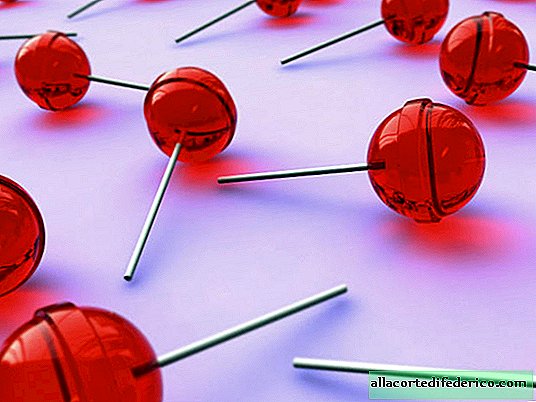
It turned out that "ice candies" can change the balance between water and liquid ice, that is, they directly affect the change in weather.
How does this happen?
Flew and thawed
Scientists believe that the formation process begins when ice crystals form the top of the cloud system. Then, a warm stream of air blows in the cloud below, carrying super-cold, but still liquid drops of water. These drops collide with ice crystals and instantly freeze. Sometimes tiny needles break, fall through a cloud and crash into other cooled drops. These round droplets stick to the tip of the needle - this is how a “lollipop” forms.

In the photo: a) the formation of a crystal in the form of a "candy"; b) the formation of "candy" with spikes; c) observation of crystals under different conditions
"Ice on a stick" in size reaches only 0.25 to 1.5 mm, they fall to the ground at a speed of about 3.6 kilometers per hour. From the height at which they were found (4 km), these crystals would reach the earth in about an hour if the external conditions did not change. But as soon as the air temperature rises above zero, the crystals melt, forming a little rain. However, scientists found that crystals "on the legs" melt during frost, if the humidity drops below 100%.
What does this mean? Scientists are sure that by exploring a new type of ice crystals, they will come closer to a complete solution to the mysteries of the formation of rain, snow, weather changes and other phenomena that have not yet been fully studied.
We can only watch the clouds below. Some may look like lollipops.




